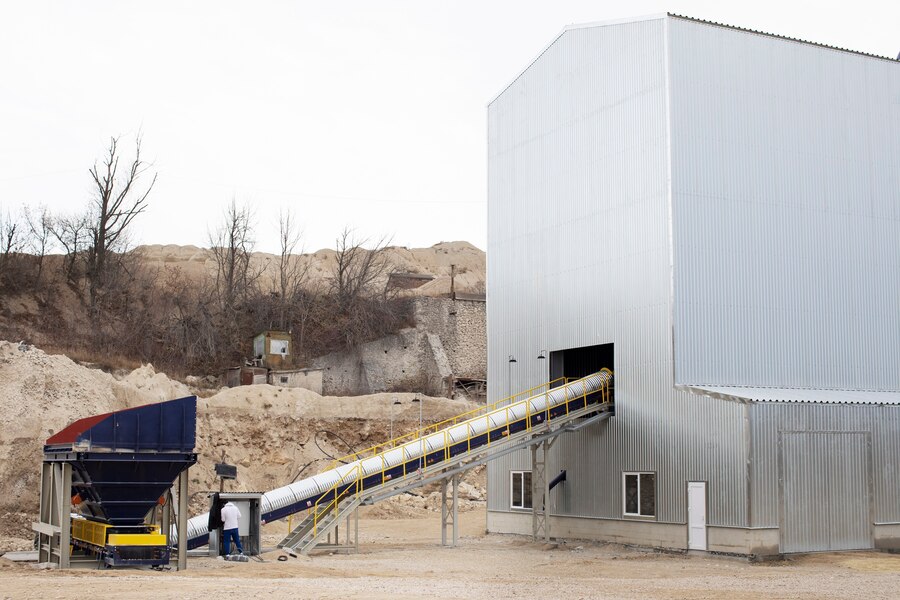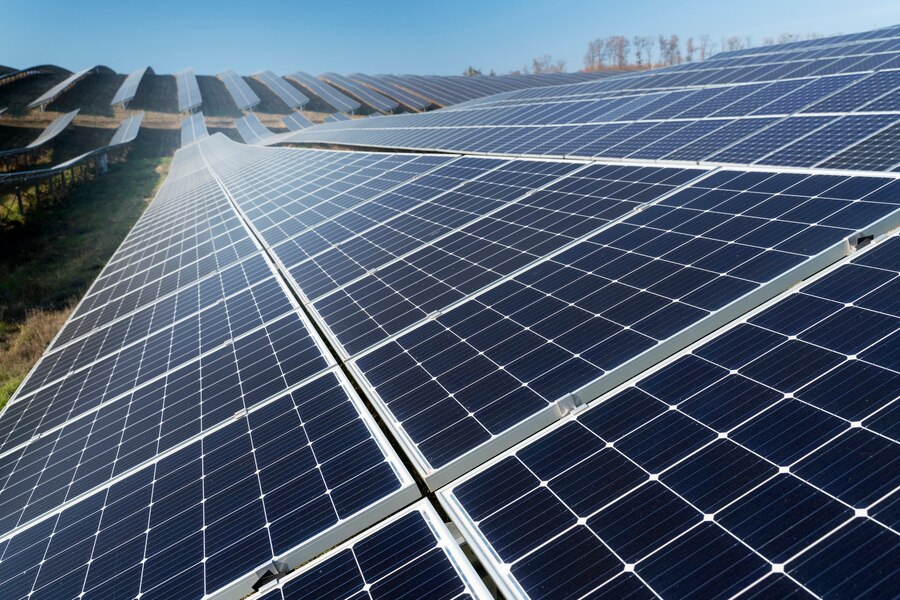Setting up a biomass pellets manufacturing facility necessitates a detailed market analysis alongside granular insights into various operational aspects, including unit processes, raw material procurement, utility provisions, infrastructure setup, machinery and technology specifications, workforce planning, logistics, and financial considerations.
IMARC Group's report titled "Biomass Pellets Manufacturing Plant Project Report 2025: Industry Trends, Plant Setup, Machinery, Raw Materials, Investment Opportunities, Cost and Revenue" offers a comprehensive guide for establishing a biomass pellets manufacturing plant, covering everything from product overview and production processes to detailed financial insights.
Biomass pellets are small, cylindrical pieces of compressed organic material, primarily made from agricultural residues, wood chips, sawdust, and other biomass sources. The manufacturing process involves collecting raw biomass, drying it to reduce moisture content, and then grinding it into a fine powder. This powder is subsequently compressed under high pressure using a pellet mill, which forms the pellets and expels heat, further binding the material. Biomass pellets come in various types, including wood pellets, agricultural pellets, and industrial pellets, each serving different applications. The importance of biomass pellets lies in their role as a renewable energy source, providing an alternative to fossil fuels and contributing to reduced greenhouse gas emissions. Their benefits include high energy density, ease of storage and transportation, and the ability to be used in existing heating systems and power plants. Biomass pellets are widely utilized for residential heating, industrial energy production, and as a feedstock for bioenergy, making them a crucial component in the transition towards sustainable energy solutions.
The biomass pellets market is driven by several key factors that contribute to its expanding demand and adoption. One significant factor is the increasing global emphasis on renewable energy sources, propelled by climate change concerns and the need to reduce greenhouse gas emissions. This trend has significantly boosted the market for biomass pellets as a sustainable alternative to fossil fuels. Additionally, rising costs of traditional energy sources, coupled with fluctuating fossil fuel prices, have led consumers and industries to seek more stable and cost-effective energy solutions, making biomass pellets an attractive option. Advancements in pellet production technology have also improved the efficiency and quality of biomass pellets, increasing their appeal for both residential and industrial applications. Another important driver is the growing awareness of energy security and the desire to reduce dependence on imported fuels, which further stimulates demand for locally sourced biomass pellets. Furthermore, the expansion of biomass pellet production facilities and distribution networks enhances accessibility, allowing for broader market penetration.
Request for a Sample Report: https://www.imarcgroup.com/biomass-pellets-manufacturing-plant-project-report/requestsample
Key steps required to set up a biomass pellets manufacturing plant:
1. Market Analysis
The report provides insights into the landscape of the biomass pellets industry at the global level. The report also provides a segment-wise and region-wise breakup of the global biomass pellets industry. Additionally, it also provides the price analysis of feedstocks used in the manufacturing of biomass pellets, along with the industry profit margins.
• Segment Breakdown
• Regional Insights
• Pricing Analysis and Trends
• Market Forecast
2. Product Manufacturing: Detailed Process Flow
Detailed information related to the process flow and various unit operations involved in the biomass pellets manufacturing plant project is elaborated in the report. These include:
• Land, Location, and Site Development
• Plant Layout
• Plant Machinery
• Raw Material Procurement
• Packaging and Storage
• Transportation
• Quality Inspection
• Utilities
• Human Resource Requirements and Wages
• Marketing and Distribution
Buy now: https://www.imarcgroup.com/checkout?id=13786&method=402
3. Project Requirements and Cost
The report provides a detailed location analysis covering insights into the plant location, selection criteria, location significance, environmental impact, and expenditure for biomass pellets manufacturing plant setup. Additionally, the report also provides information related to plant layout and factors influencing the same. Furthermore, other requirements and expenditures related to machinery, raw materials, packaging, transportation, utilities, and human resources have also been covered in the report.
Machinery and Equipment
• List of machinery needed for biomass pellets production
• Estimated costs and suppliers
Raw Material Costs
• Types of materials required and sourcing strategies
Utilities and Overheads
• Electricity, water, labor, and other operational expenses
Ask Analyst for Customization: https://www.imarcgroup.com/request?type=report&id=13786&flag=C
4. Project Economics
A detailed analysis of the project economics for setting up a biomass pellets manufacturing plant is illustrated in the report. This includes the analysis and detailed understanding of capital expenditure (CAPEX), operating expenditure (OPEX), income projections, taxation, depreciation, liquidity analysis, profitability analysis, payback period, NPV, uncertainty analysis, and sensitivity analysis.
Capital Expenditure (CAPEX)
• Initial setup costs: land, machinery, and infrastructure
Operating Expenditure (OPEX)
• Recurring costs: raw materials, labor, maintenance
Revenue Projections
• Expected income based on production capacity, target market, and market demand
Taxation
Depreciation
Financial Analysis
• Liquidity Analysis
• Profitability Analysis
• Payback Period
• Net Present Value (NPV)
• Internal Rate of Return
• Profit and Loss Account
Uncertainty Analysis
Sensitivity Analysis
Economic Analysis
5. Legal and Regulatory Compliance
• Licenses and Permits
• Regulatory Procedures and Approval
• Certification Requirement
6. Hiring and Training
• Total human resource requirement
• Salary cost analysis
• Employee policies overview
The report also covers critical insights into key success and risk factors, which highlight the aspects that influence the success and potential challenges in the industry. Additionally, the report includes strategic recommendations, offering actionable advice to enhance operational efficiency, profitability, and market competitiveness. A comprehensive case study of a successful venture is also provided, showcasing best practices and real-world examples from an established business, which can serve as a valuable reference for new entrants in the market.
















